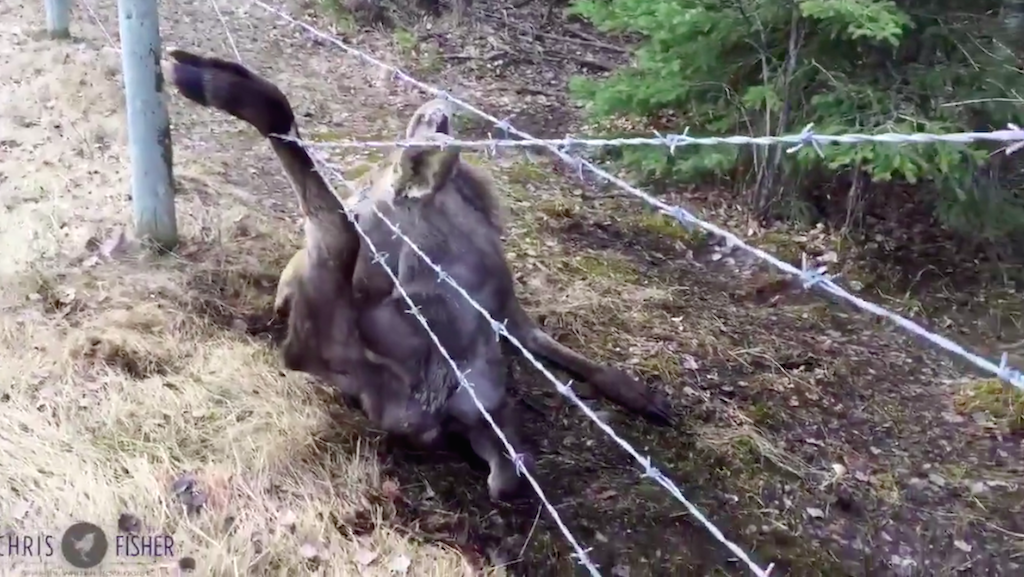To survive cold weather and the need to consume food, common shrews and moles shrink their bodies including their skulls and brains by as much as 15 to 20 per cent.
Researchers have shown that this loss of gray matter comes with a corresponding loss of mental shrewdness.
Common shrews are pointy-nosed, insect-eating mammals native to northern Europe.
They typically live a little longer than a year, with the babies born in summer and spending the winter as juveniles. The juveniles shrink in fall, then regain most of their size in spring before producing the next year’s batch of babies.
For the study, researchers in Germany trapped 23 shrews at various times of year and released them into an enclosure with mealworms near one corner. The enclosures also contained glow sticks for the shrews to use as landmarks, as well as scattered mealworm bedding to disguise the mealworms’ scent.
They use echolocation to explore their habitat and produce an unpleasant scent to avoid being eaten by cats.
But the common shrew has another survival trick: as winter approaches, its skull shrinks and then regrows in the spring.
Dubbed “Dehnel’s phenomenon” after the scientist who first spotted the effect, the shrinkage has previously been studied by looking at the skulls of shrews that died at different times of year.
But since the changes weren’t followed in the same animals, it was not clear whether other factors might be responsible, such as smaller shrews being better able to survive the winter months.
Now researchers say they have finally shown the phenomenon is real.
“Now for sure we can say this is happening [within] individuals – we can really talk about the shrinkage and regrowth,” said Javier Lázaro, co-author of the research from the Max Planck Institute for Ornithology.
The phenomenon, he adds, appears to be an unusual way to prepare for the harsh months of winter.
“These animals cannot hibernate [and] they cannot migrate and they live in a very seasonal environment – so they need some alternative strategy to deal with winter,” said Lázaro, adding the shrews need to eat near-constantly to survive and that smaller animals need less food. “If you shrink an organ like the brain which is disproportionally more ‘expensive’ than other kinds of tissue you might save energy,” he said.
Some moles can shrink themselves by over a tenth to save energy during the winter.
The scientists have concluded that the phenomenon is a response to cold, wintry temperatures, rather than a lack of food. By shrinking, the animals are believed to have significant energy savings that allow them to endure the extreme cold.




